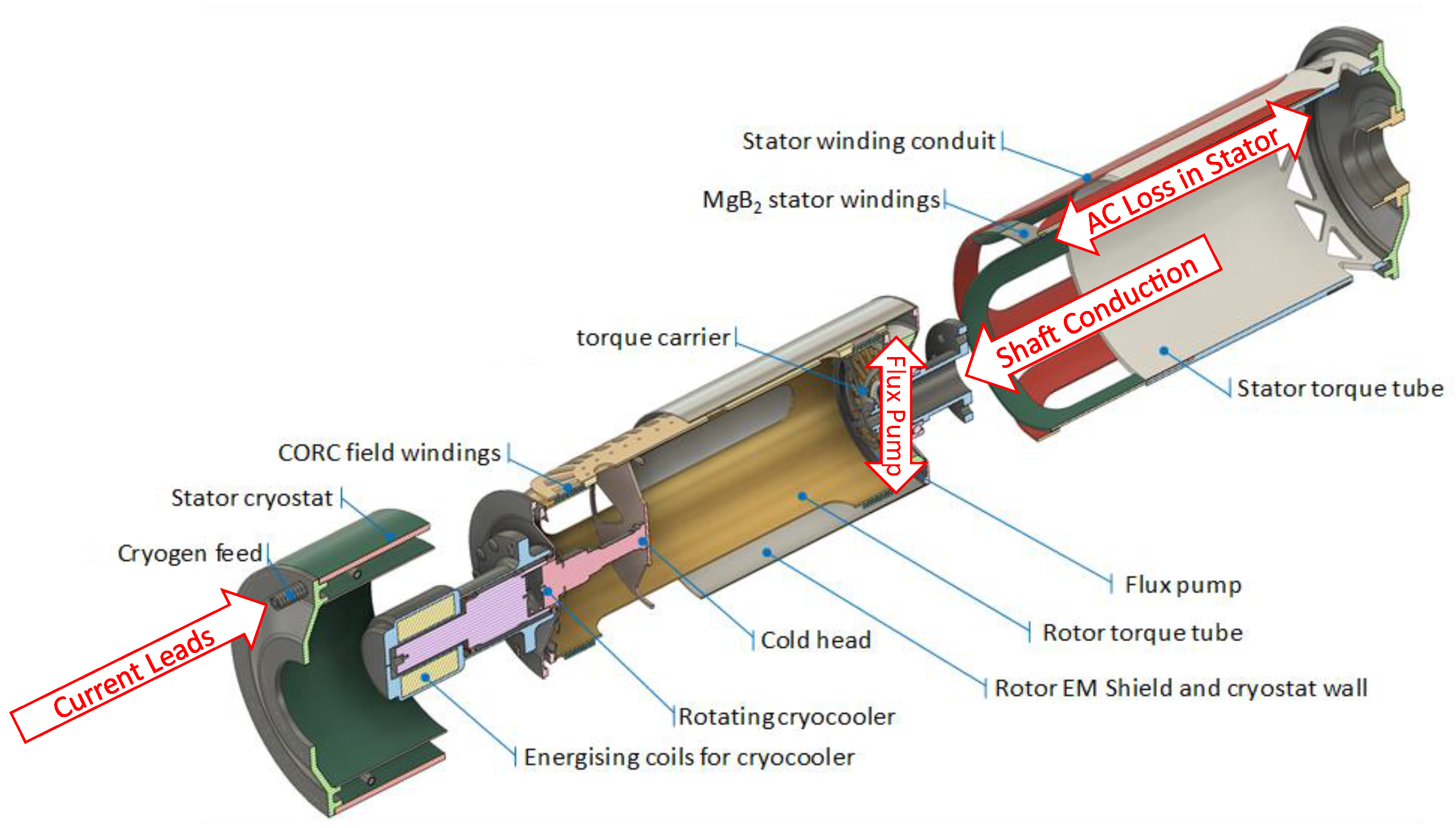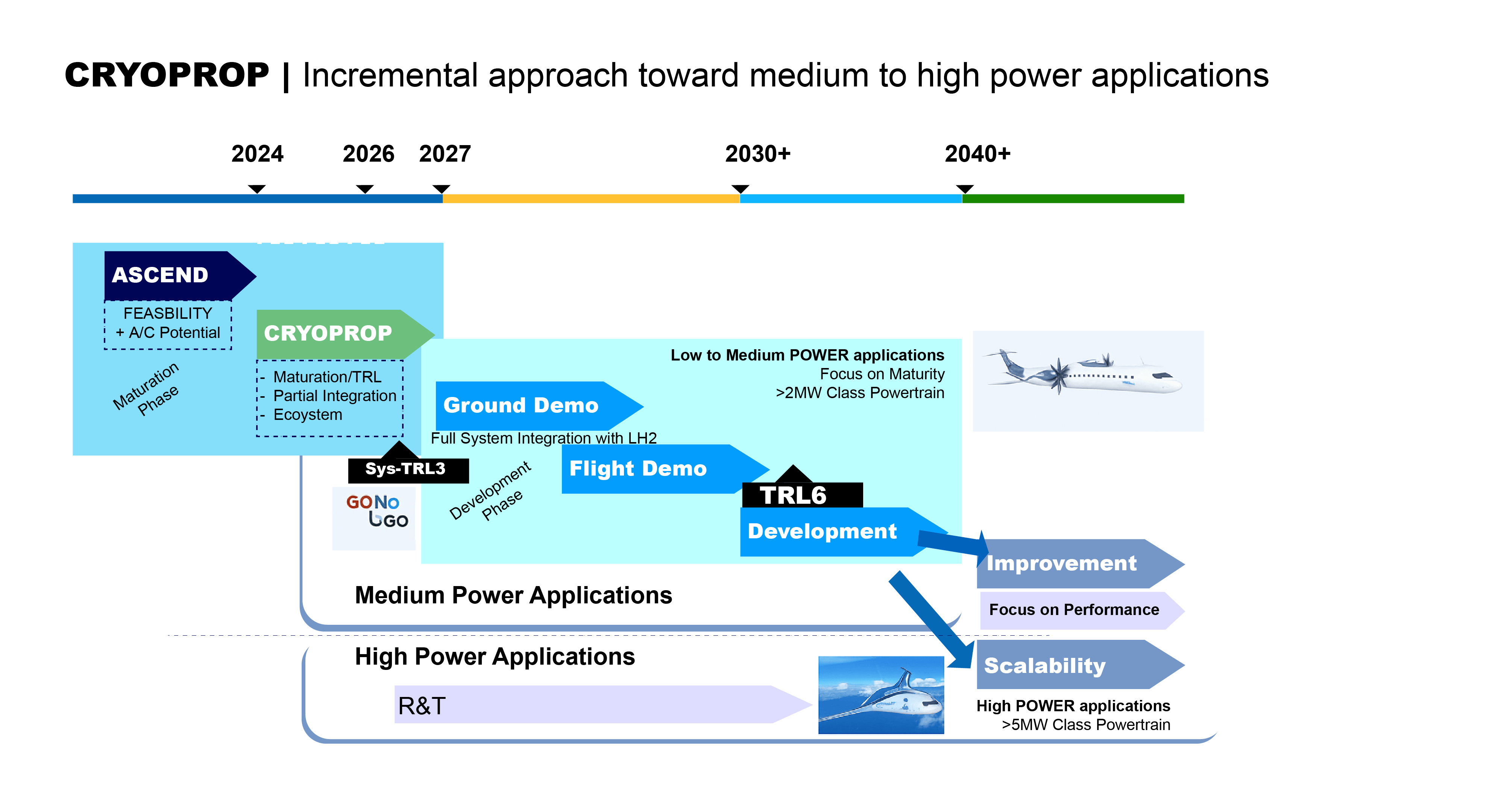Hydrogen Aircraft
Zero Emissions opportunity
The aviation sector represents 2 to 3% of global CO2 emissions and 3.6% of emissions in Europe. Prompted by the Paris Agreement and, more recently, the European Green Deal, the number of studies and discussion panels around sustainability in aviation has been rapidly increasing. There is now a real debate as to the alternatives for kerosene-powered aircraft that could contribute to the 2050 emission neutrality goal set at the European level.
In this debate, hydrogen is gaining serious traction as a possible aviation fuel. While there have been advanced pilots on battery powered aircraft, hydrogen might compensate batteries' weaknesses (i.e. mainly their weight) and present a greater potential for climate change mitigation. This is especially true for green hydrogen, which does not emit any CO2 during production and combustion since it is produced by electrolysis using renewable electricity (e.g. solar or wind). In this respect, a McKinsey study commissioned by Clean Sky 2 and Fuel Cells & Hydrogen Joint Undertakings, found that reliable hydrogen-fuelled aircraft would be feasible by 2035. The first projects are being launched – on 21 September 2020, Airbus announced that it would introduce hydrogen-powered aircraft by 2035.
The European Union has also expressed its will to support the development of hydrogen within the aviation sector. It published a call for interest and ideas from potential members for a future European Partnership on Clean Aviation on 26 August 2020. This Partnership would take the form of a consortium between the interested field actors financed under the new Horizon Europe funding (2021-2027). One of the expected outcomes of this partnership is the development of hydrogen-powered aircraft.
At the same time there are still challenges to overcome before fully hydrogen- fuelled aircraft for passenger or freight travel would become a reality. Below we will outline how aircraft could be powered by hydrogen, its main benefits and the remaining barriers to its successful deployment in next generation aircraft.
Hydrogen is appearing a solution to Zero Emissions and guilt free aviation, further work is going on in 4 main areas.
1. Regulation
A robust legal framework for the handling and refuelling of liquid-hydrogen will be crucial to accelerate the further deployment of green hydrogen in aviatio
Regulatory barriers remain as well. All parts of an aircraft must be certified before being authorised to fly. This means that all new components within an aircraft will have to be reviewed by the European Union Aviation Safety Agency ("EASA"), including the hydrogen tank, hydrogen turbine, fuel cell, etc. The safety of those components must thus be guaranteed, not only individually but also for each of the component interactions and interrelations with the other technical features of the aircraft. This is a long process that needs to start from the prototype's design phase in tandem with technical research and development. The aviation industry is awaiting new regulatory initiatives to set-up a robust legal framework for the handling and refuelling of liquid-hydrogen, to deal with various safety issues such as new propulsion systems.
2. Technology
Hydrogen can power an aircraft's fuelling system in three possible ways:
- Hydrogen can be an element, together with CO2, in the production of fuels;
- Hydrogen can directly feed hydrogen-turbines; and
- Hydrogen can feed fuel cells to power electric motors.
The first option is expensive and would continue to produce a lot of greenhouse gas (given the CO2 element involved) making it of questionable value in carbon reduction terms. This would make SAF only suitable as a transitional fuel. As a result, research is focusing on the second and third options, as well as an intermediate solution combining hydrogen-reactors and fuel cells.
In hydrogen-powered aircraft, liquid hydrogen would be stored in the plane and would then either be combusted in a hydrogen turbine or made to react in a fuel cell. Both reactions produce water vapour (H2O) as a by-product. Ultimately, motors are powered (either by fuel cell or turbines). The remainder of the flying process resembles the current situation with kerosene. The only significant, difference is that hydrogen-powered aircraft do not emit any CO2.
Cyrogenic motors, Fuel Cells and Storage and Distribution of Liquid Hydrogen with the management of the thermal challenges are all areas of for technology maturity, many of these are already in progress, and need significant investment to mature the technology to fly a liquid hydrogen aircraft in this decade.
3. Research
The development of hydrogen for aviation purposes can further support the decarbonisation of other industries, for instance by accelerating the research on fuel cells, storage facilities and other systems. It might also promote downstream infrastructure producing hydrogen and help to reduce, e.g. the price of electrolysers.
- In aircraft, weight is a key feature. Hydrogen has a high energy density – it is light and its combustion with oxygen produces a lot of energy. This means that it carries more energy per unit of weight than other fuels/energy storage devices. This is a key advantage compared to the possibility of using electricity stored in batteries which are currently heavy compared to the energy that they are producing. Powering long-haul flights with electrical batteries is thus currently not viable, whereas use of hydrogen, in the form of a fuel cell, could be a solution to this problem.
- Hydrogen can temporarily store electricity as it can both be produced by electricity (electrolysis) and (re-)generate electricity (fuel cell). This further reinforces its capability to support the reduction of greenhouse gas production for long-haul flights.
Hydrogen does not emit CO2 during its combustion. In addition, 'green' hydrogen generated from renewable energy does not produce CO2 during its production either. Instead, hydrogen emits water (H2O), which has a significantly lower climate impact than CO2. Studies estimate that hydrogen can help reduce the aviation industry's climate impact by between 50% and 90%.
Hydrogen combustion does not produce CO2 but it does produce water vapour (H2O) and NOx (nitrogen oxides), especially at high altitudes. As far as water is concerned, we know that its impact on the environment is less significant than that of CO2. Nevertheless, it stills affects the environment, including by amplifying the warming effect of greenhouse gases, although further research is necessary to understand the precise effects. As for hydrogen's NOx production, this can increase in the ozone and be as harmful as CO2. However, studies have shown that the amount of NOx produced can be reduced to guarantee the safety of hydrogen technology.
4. H2 Production
A number of challenges remain such as sufficient supply of hydrogen and its safe storage.
Hydrogen has the potential to contribute to the further development of the aviation sector and help to reduce its climate impact. However, the practical implementation of hydrogen-powered aircraft is not without challenges:
Hydrogen supply challenge
A sufficient and steady supply of hydrogen is required to operate hydrogen- powered aircraft on a regular basis. As already stressed, green hydrogen is generated with renewable electricity. The current supply of renewable energy will however not suffice. An important growth in renewable electricity facilities (e.g. solar or wind power) is thus necessary. Without such growth, the aviation industry might have to feed its new ecological aircraft with grey hydrogen, produced using natural gas and thus producing CO2. This would significantly undermine the positive impact hydrogen technology may have on climate change.
Regardless of these supply challenges, it will be crucial to drive down the high production costs of green hydrogen, including by scaling the production facilities, decreasing the technology costs and, if required, providing tailored and adequate government support. Production costs of green hydrogen are currently estimated between 3-7€/Kg, compared to 1,5€/Kg for grey hydrogen and 0,5€/Kg for kerosene.
Storage challenge
Once hydrogen is produced, it must be transported/piped to the airport, perhaps stored at the airport, filled into the aircraft tanks and then stored for the duration of the flight and transported to the reactors or fuel cells. All these steps create new challenges.
Hydrogen is a small molecule that tends to leak easily in the form of gas and can sometimes reach places where its presence might be dangerous. It is thus easier to transport and store hydrogen in its liquid form. However, this requires 'cryogenic' cooling to minus 253°C during the whole process to avoid evaporation. This implies that the tanks will be large and heavy and therefore the plane's weight must necessarily be reduced. This also means that hydrogen-powered aircraft are more appropriate to replace commuter, regional, short- or medium-range aircraft as opposed to longer haul international flights.
Additionally, currently designed wings, where the kerosene tanks are currently located, will be too thin to accommodate heavy hydrogen tanks. The structure and design of the aircraft will therefore have to be rethought. The most likely option at this moment is to locate the hydrogen tanks in the upper part of the aircraft, on top of the fuselage or at the tail of the plane.
CONCLUSION
Challenges for the regular use of hydrogen in aviation are not negligible but not insurmountable. Given its positive impact on climate change, hydrogen has the potential to be part of future propulsion technologies. It is even expected that the first regional aircraft could be ready for commercial use within 10 to 15 years. At the same time, green hydrogen in aviation remains disruptive and will require significant research and development, investment and a stable regulatory and legal framework.
In this respect, the European Union seems willing to support its commercial deployment. It is offering a potential funding for research and development within the framework of its Horizon Europe programme. With Clean Hydrogen and Clean Aviation Europe has made significant investment available, and now the UK Aerospace Technology Institute in 2021/22 is about to advance significant funding to bring the technology building blocks forward.
By acting now, the next generation of more environmentally friendly, efficient and hydrogen-powered aircraft could be ready for introduction in the 2030s. In the meantime, more sustainable fuel-sources such as SAF-blended kerosene should be encouraged to cut CO2 emissions as soon as possible.




